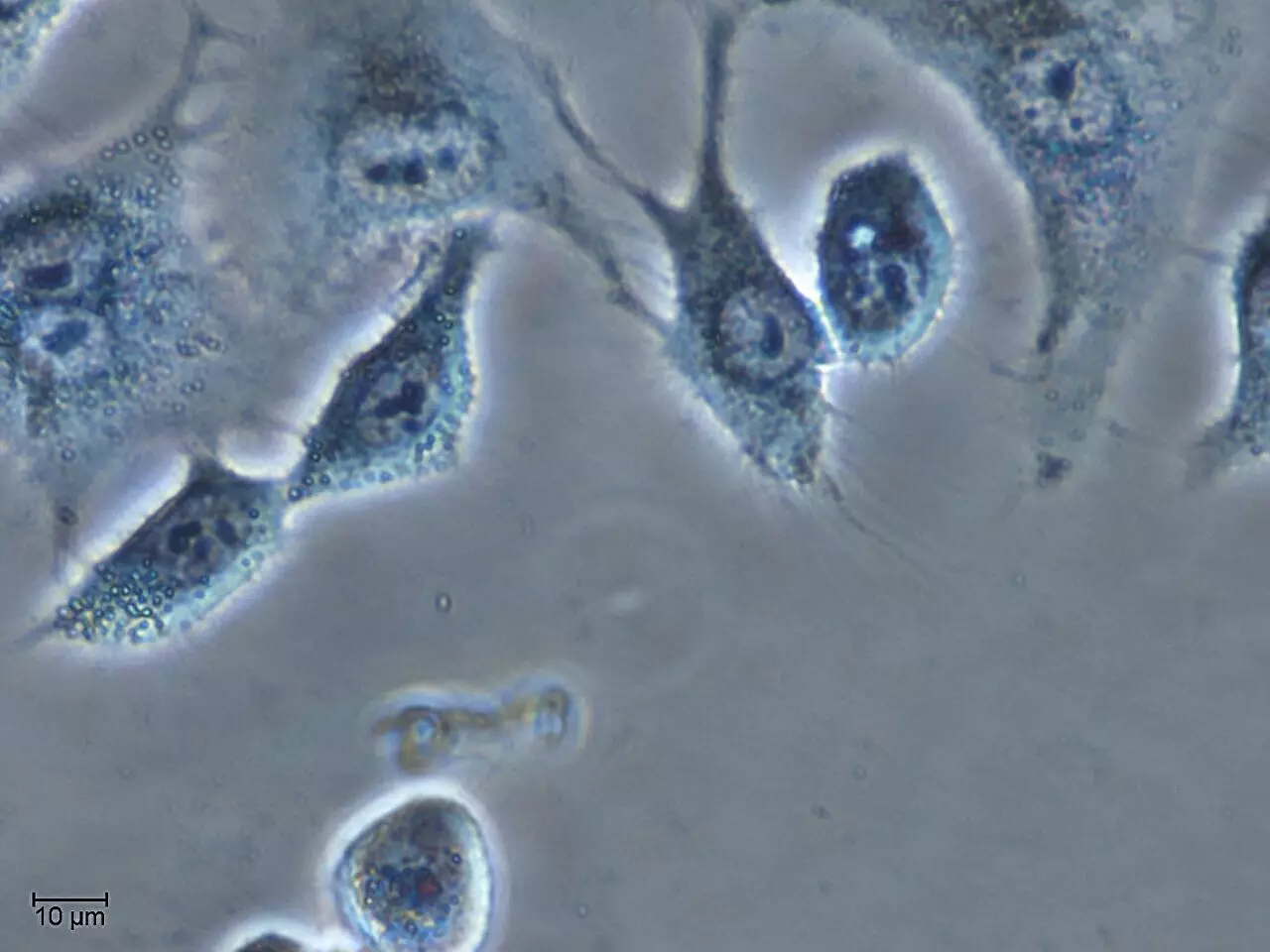Chemotherapy has long been a vital component in the treatment of cancer patients. However, the side effects and limitations of these treatments have led researchers to explore new avenues to improve cancer therapy. A recent study published in Cell Reports Physical Science highlights the use of molecular “cages” made of pseudopeptides to selectively target and eliminate cancer cells in acidic microenvironments. This research offers promising insights into the development of new ionophores with potential therapeutic applications in cancer treatment.
One of the primary challenges faced by traditional chemotherapy is the lack of selectivity, leading to undesirable side effects in patients. Additionally, the emergence of chemoresistance poses a significant hurdle as cancer cells can develop resistance to the drugs used in treatment, rendering the therapy ineffective for some individuals. Moreover, the acidic pH created by the metabolism of cancer cells in solid tumors provides them with unique characteristics, such as resistance to treatment and the ability to metastasize.
The use of molecular “cages” derived from fluorine-substituted amino acids presents a novel approach to address the challenges of chemotherapy in cancer treatment. These “cages” demonstrate the ability to selectively target and kill cancer cells in slightly acidic environments, while remaining harmless to healthy tissues at physiological pH levels. Previous studies have shown the efficacy of these “cages” in encapsulating chloride ions in acidic environments and transporting them across lipid bilayers, leading to increased toxicity in cancer cells within acidic microenvironments.
The recent study conducted by the Institute for Advanced Chemistry of Catalonia (IQAC-CSIC) and collaborating institutions aimed to delve deeper into the mechanism of action of these molecular “cages.” By studying a broad family of “cages” with varying numbers of fluorine atoms in different positions, researchers were able to elucidate the chloride capture capacity, transport processes, and toxicity levels at different pH levels in cell cultures. Cutting-edge theoretical and experimental approaches, including fluorescence, nuclear magnetic resonance, and computational studies, were employed to analyze the molecular interactions.
The results of this study have significant implications for the preclinical development of new ionophores with potential therapeutic applications in cancer treatment. By understanding the role of fluorine in enhancing the selectivity and toxicity of these molecules, researchers can further optimize the design of ionophores for targeted cancer therapy. The identification of a molecular “cage” with superior selectivity for killing cancer cells in acidic environments paves the way for future advancements in cancer treatment. Overall, this research contributes to the growing body of evidence supporting the potential of ionophores as promising chemotherapeutic agents in the fight against cancer.
The use of molecular “cages” represents a promising strategy for overcoming the challenges associated with chemotherapy in cancer treatment. By targeting cancer cells in acidic microenvironments with enhanced selectivity and toxicity, these innovative molecules hold great potential for improving the efficacy and reducing the side effects of cancer therapy. Continued research in this field is essential for advancing the development of new ionophores and ultimately enhancing the outcomes for cancer patients worldwide.


Leave a Reply